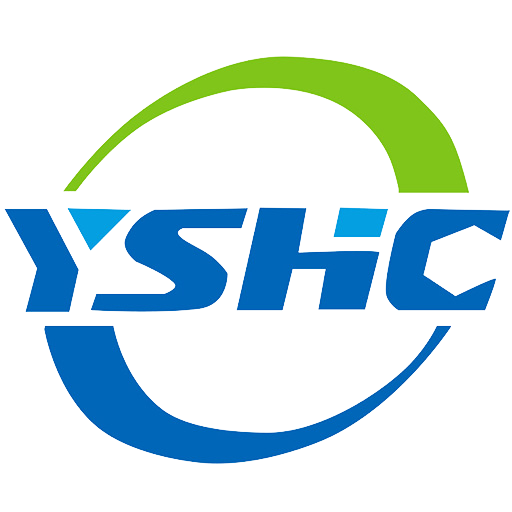Calcium chloride (CaCl₂) is a versatile and high-demand inorganic compound known for its excellent moisture absorption and de-icing properties. As a result, it is widely used across construction, industrial, food, pharmaceutical, agriculture, and environmental sectors. Its critical role in these fields has positioned it as a core component in both industrial advancement and everyday life.
Market Overview and Applications
Calcium chloride is mainly divided into anhydrous and dihydrate forms. Anhydrous calcium chloride is preferred in high-precision environments such as semiconductor manufacturing due to its superior drying capability.
The construction industry remains the largest end-use segment, accounting for approximately 35% of total demand. Key uses include road de-icing in winter and as an accelerator in concrete curing, improving early-stage strength and reducing construction timelines.
In industrial processing (30% market share), calcium chloride plays a pivotal role in oil drilling fluids—regulating density and stabilizing boreholes—and in enhancing the efficiency of refrigeration systems.
The food and pharmaceutical industries account for around 20% of global usage. In food preservation, it helps prolong freshness of produce, while in pharma, it serves both as an excipient and as an active calcium supplement for treating deficiencies.
Other uses (15%) span agriculture—improving soil quality and boosting plant resilience—and wastewater treatment, where calcium chloride helps remove harmful ions like fluoride and phosphate.
Market Growth and Regional Insights
In 2023, the global calcium chloride desiccant market reached ¥840 million, and it’s projected to grow to ¥1.2 billion by 2030, with a CAGR of 5.6%. Regionally:
- Chinaleads with a 26% market share, driven by massive manufacturing output and high moisture-proofing demands.
- Europe and North Americafollow, each with a 23% share, backed by strong industrial bases and stringent environmental regulations.
- Asia-Pacific, especially China and India, is the fastest-growing region due to rapid industrialization and infrastructure development.
- Middle East & Africaare emerging growth hubs, particularly in oil exploration and construction.
Challenges and Future Opportunities
Despite its growth, the calcium chloride market faces several challenges:
- Raw material volatility: Fluctuations in limestone and hydrochloric acid prices impact production costs.
- Environmental compliance: More rigorous regulations worldwide demand cleaner production processes.
- Substitutes: Products like silica gel and molecular sieves are increasingly used in moisture-sensitive environments.
However, new opportunities are emerging in:
- New energy technologies: CaCl₂ may enhance performance in advanced battery systems.
- Agricultural modernization: Greater need for soil conditioners and micronutrients.
- Wastewater treatment innovations: Increased focus on sustainable, circular water use.
For producers and suppliers, the key lies in innovation, cost efficiency, and sustainability—developing high-performance, low-impact calcium chloride solutions tailored to evolving industry needs.
